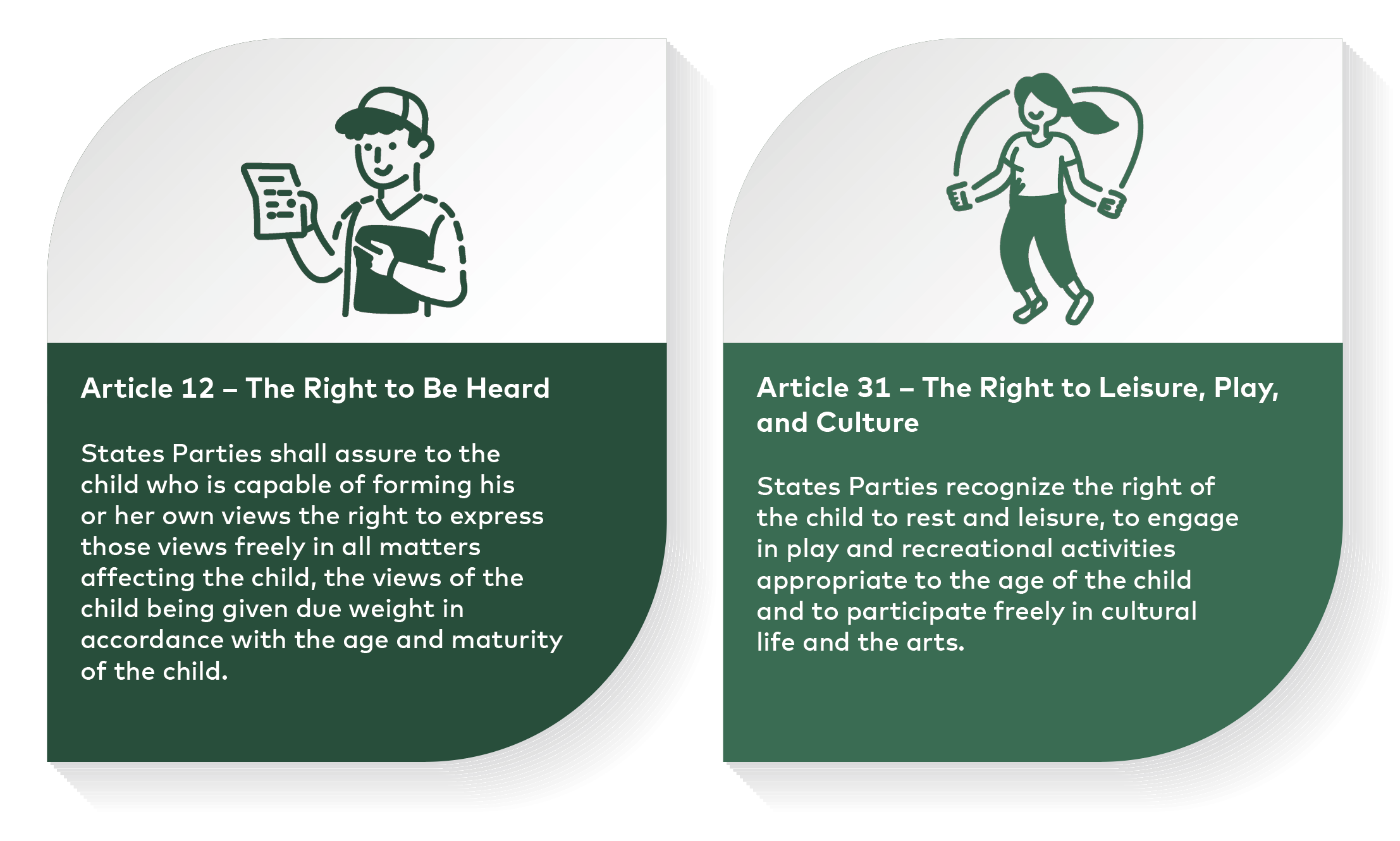Introduction
Leisure is not a luxury. It is a right, a resource, and a refuge. This report explores how the resilience of youth was challenged as large parts of the leisure sector closed down during the COVID-19 pandemic, and highlights possible measures to increase the resilience factors of leisure, in particular in times of crisis.
Purpose and framing
The COVID-19 pandemic disrupted many aspects of young people’s lives, including their access to leisure. While education remained a policy priority, leisure – an equally vital arena for well-being – was often sidelined. This report focuses on leisure as a strategic space for resilience, inclusion, and development, particularly for adolescents and young adults aged 13–24.
Grounded in a child rights-based approach, the report draws on Article 31 of the UN Convention on the Rights of the Child (UNCRC), which affirms every child’s right to rest, play, and recreational activities. It also reflects on Article 12, which guarantees children and young people the right to express their views and be heard in matters affecting them. These principles guide the report’s analysis and its recommendations for strengthening leisure structures in times of crisis and beyond.
Rather than repeating general findings about the consequences of the pandemic for young people, the report zooms in on organised and semi-organised leisure activities, drawing on Nordic examples, interviews, and practice-based insights. It identifies key resilience factors embedded in leisure – such as togetherness, low-threshold inclusion, and access to supportive adults – and examines how these were affected, adapted, or lost during the pandemic.
The report is intended for decision-makers, youth organisations, public authorities, and practitioners working to ensure that leisure remains a protective and empowering space for young people not only in emergencies, but as part of everyday life in democratic societies.

Article 12 – The Right to Be Heard
https://www.ohchr.org/en/instruments-mechanisms/instruments/convention-rights-child
https://www.ohchr.org/en/instruments-mechanisms/instruments/convention-rights-child
Article 31 – The Right to Leisure, Play, and Culture
https://www.ohchr.org/en/instruments-mechanisms/instruments/convention-rights-child
https://www.ohchr.org/en/instruments-mechanisms/instruments/convention-rights-child